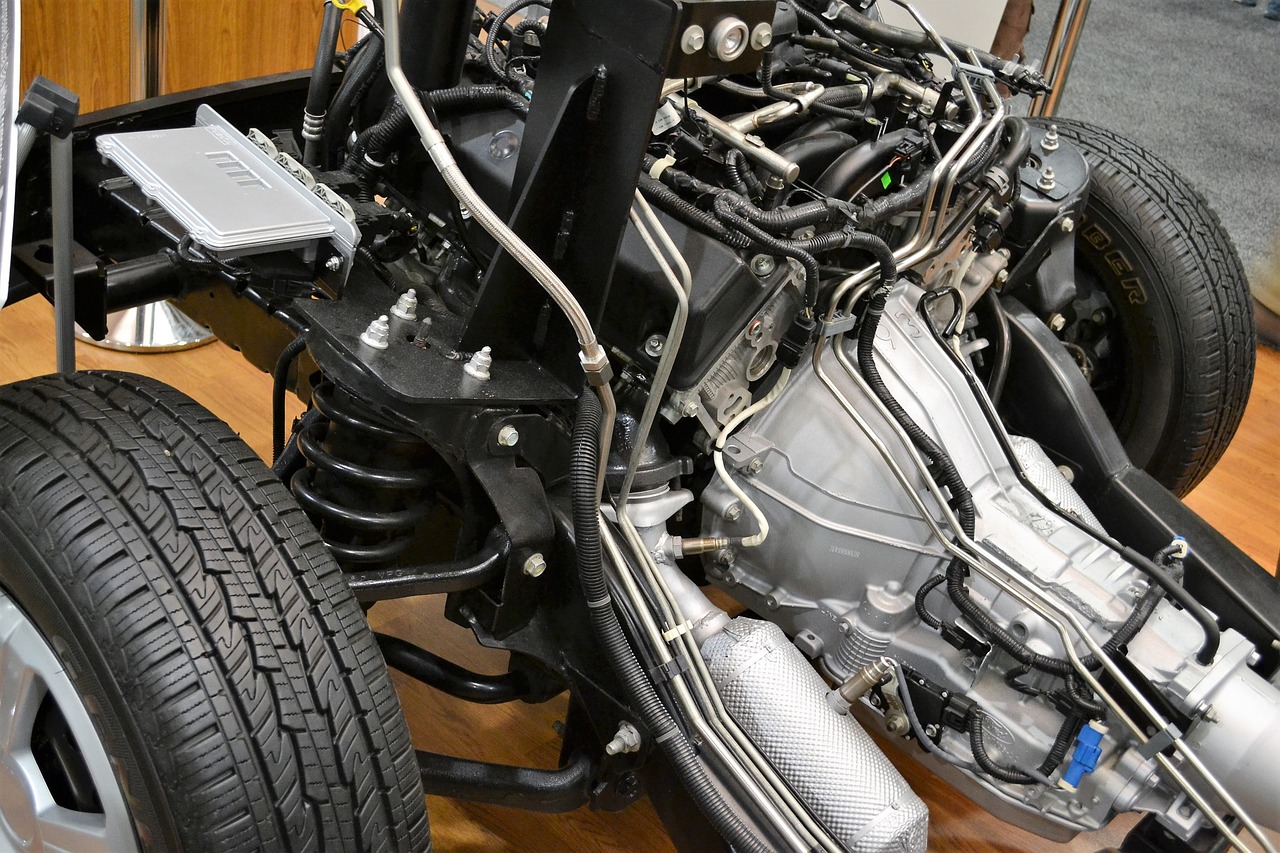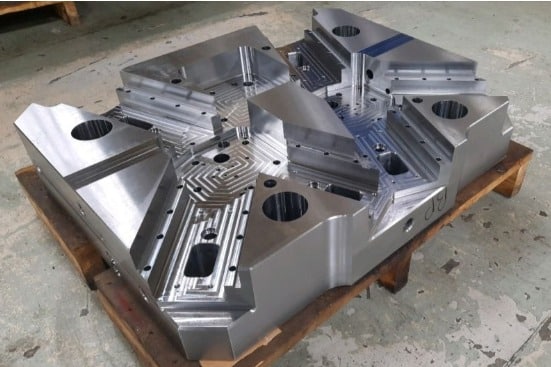

The relationship between the automotive industry and molds (also spelled as “moulds” in British English) is significant and multifaceted.
The automotive industry relies heavily on molds to produce the many plastic and metal components that make up a modern car. Molds are used to create everything from the exterior body panels to the interior trim pieces to the engine and transmission components.
Automotive molds are typically made of high-grade steel or aluminum and are precision-machined to extremely tight tolerances.
Automotive components that are produced using molds:
- Exterior body panels: fenders, doors, hood, trunk, etc.
- Interior trim pieces: dashboard, steering wheel, seats, etc.
- Engine and transmission components: pistons, cylinders, connecting rods, crankshafts, etc.
- Air intake and exhaust systems: manifolds, mufflers, etc.
- Lighting systems: headlights, taillights, fog lights, etc.
- Electrical systems: battery cases, fuse boxes, etc.
- Safety systems: airbags, seatbelts, crumple zones, etc.
Component Manufacturing: Molds are used in the manufacturing process of various automotive components, such as body panels, interior trim, bumpers, and more. These molds are typically made of steel or other durable materials and are used to shape and form parts from raw materials like plastics, metals, or composites. Injection molding and compression molding are common techniques employed in the automotive industry.
Precision and Consistency: The automotive industry demands precision and consistency in the production of parts to ensure safety, performance, and aesthetics. Molds enable manufacturers to achieve these standards by creating identical parts through multiple production cycles.
Cost Efficiency: While the initial setup of molds can be expensive, they lead to cost efficiencies in mass production. Once a mold is created, it can be used repeatedly to produce a large number of parts, reducing per-unit production costs.
Customization: Molds can be customized to produce specific automotive parts according to design specifications. This allows automakers to create unique designs and meet specific engineering requirements for different vehicle models.
Materials and Processes: The choice of mold materials and molding processes is critical in the automotive industry. Depending on the type of part and its intended use, different materials and molding techniques may be employed to ensure strength, durability, and performance.
Quality Control: Molds are essential for maintaining quality control in automotive manufacturing. They help minimize variations in part dimensions and characteristics, ensuring that parts fit together seamlessly and meet safety and regulatory standards.
Rapid Prototyping: In addition to mass production, molds are used in rapid prototyping and the development of concept cars. Prototyping molds allow designers and engineers to create test parts quickly and refine designs before moving into full-scale production.
Environmental Impact: Automotive manufacturers are increasingly focused on sustainability and reducing their environmental footprint. Molds can play a role in this by optimizing material usage and reducing waste in the manufacturing process.
